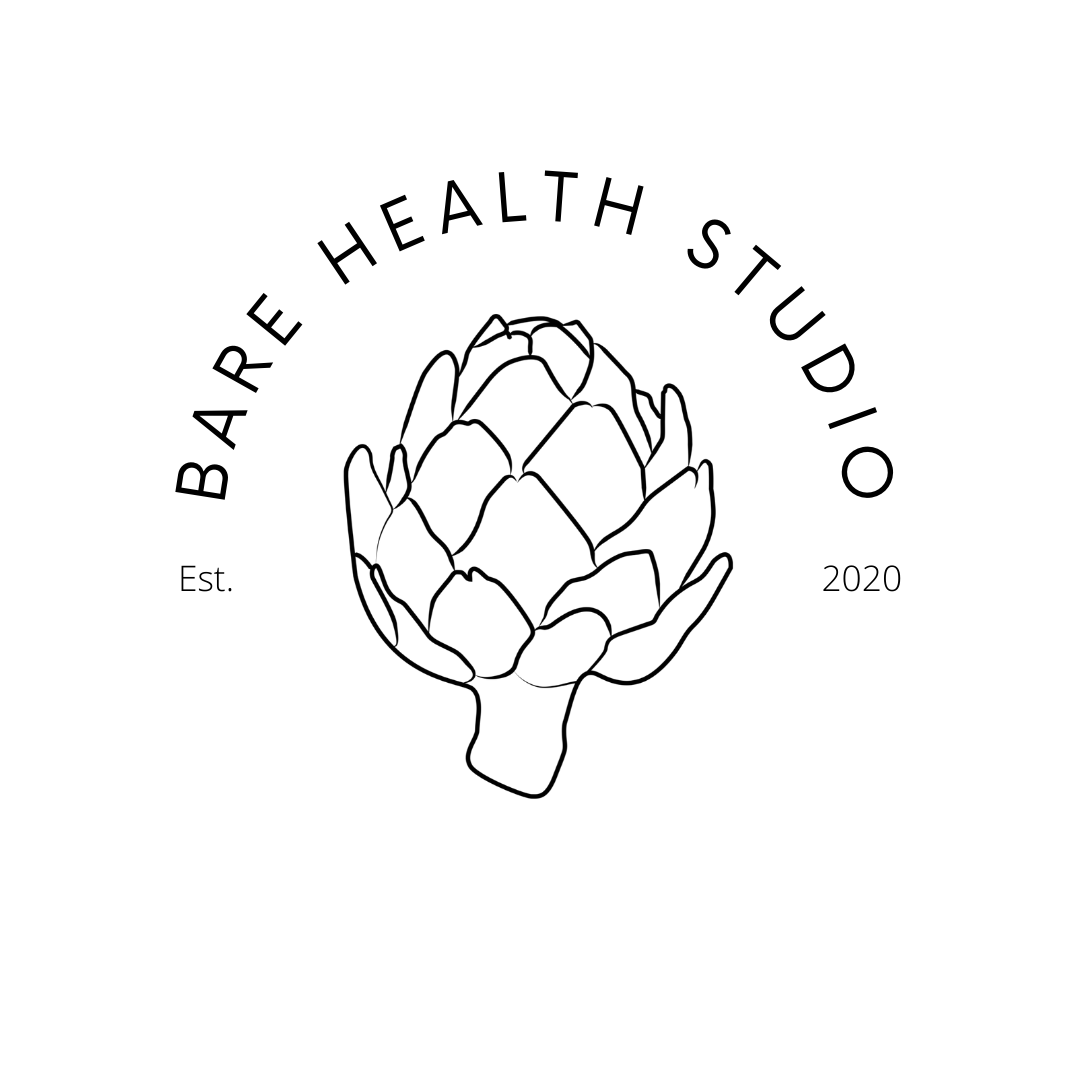Can My Diet Influence My PMS Symptoms?
Guest post from Ashley Baker of @wholefoodsimple
PMS is normal you may think, everyone experiences moodiness, breast swelling and tenderness, cravings, migraines and cramping..
PMS is definitely 𝘤𝘰𝘮𝘮𝘰𝘯, but 𝐧𝐨𝐭 𝐧𝐨𝐫𝐦𝐚𝐥 and is usually a sign that something is up.
𝐘𝐨𝐮𝐫 𝐝𝐢𝐞𝐭 𝐚𝐧𝐝 𝐥𝐢𝐟𝐞𝐬𝐭𝐲𝐥𝐞 𝐜𝐨𝐧𝐭𝐫𝐢𝐛𝐮𝐭𝐞 𝐝𝐢𝐫𝐞𝐜𝐭𝐥𝐲 𝐭𝐨 𝐡𝐨𝐰 𝐲𝐨𝐮 𝐞𝐱𝐩𝐞𝐫𝐢𝐞𝐧𝐜𝐞 𝐲𝐨𝐮𝐫 𝐜𝐲𝐜𝐥𝐞 𝐚𝐧𝐝 𝐜𝐚𝐧 𝐢𝐧𝐟𝐥𝐮𝐞𝐧𝐜𝐞 𝐲𝐨𝐮𝐫 𝐡𝐨𝐫𝐦𝐨𝐧𝐞𝐬 𝐚𝐧𝐝 𝐏𝐌𝐒 𝐬𝐲𝐦𝐭𝐨𝐩𝐦𝐬.
So what can you do?
𝐄𝐧𝐬𝐮𝐫𝐞 𝐲𝐨𝐮'𝐫𝐞 𝐠𝐞𝐭𝐭𝐢𝐧𝐠 𝐞𝐧𝐨𝐮𝐠𝐡 𝐟𝐢𝐛𝐫𝐞 𝐢𝐧 𝐲𝐨𝐮𝐫 𝐝𝐢𝐞𝐭 - Adequate fibre consumption and healthy digestion are key when trying to manage symptoms of PMS. Fibre consumption in the form of fruit and vegetables, nuts, seeds, legumes and whole-grains keep bowel movements regular.
𝐑𝐞𝐠𝐮𝐥𝐚𝐫 𝐛𝐨𝐰𝐞𝐥 𝐦𝐨𝐯𝐞𝐦𝐞𝐧𝐭𝐬 - (at least once daily) allow for oestrogen excretion, keeping your oestrogen and progesterone levels balanced, meaning- less symptoms.
𝐄𝐚𝐭 𝐲𝐨𝐮𝐫 𝐠𝐫𝐞𝐞𝐧𝐬 - Eating a wide range of bitter greens and green leafys optimises liver function, to assist in oestrogen metabolism.
𝐂𝐨𝐫𝐫𝐞𝐜𝐭 𝐚𝐧𝐲 𝐧𝐮𝐭𝐫𝐢𝐞𝐧𝐭 𝐝𝐞𝐟𝐢𝐜𝐢𝐞𝐧𝐜𝐢𝐞𝐬 - For example, Vitamin B6 deficiency results in an exacerbation of PMS symptoms such as tender and swollen breasts.
The reason for this is that a lack of B6, decreases dopamine in the kidneys, resulting in sodium excretion ie: swollen breasts, puffiness, bloating etc.
𝐏𝐫𝐨𝐭𝐞𝐢𝐧 -containing foods such as fish, chicken, soybeans and nuts contain B6.
𝐌𝐨𝐬𝐭 𝐢𝐦𝐩𝐨𝐫𝐭𝐚𝐧𝐭𝐥𝐲 - 𝘚𝘱𝘦𝘢𝘬 𝘵𝘰 𝘢 𝘲𝘶𝘢𝘭𝘪𝘧𝘪𝘦𝘥 𝘩𝘦𝘢𝘭𝘵𝘩𝘤𝘢𝘳𝘦 𝘱𝘳𝘢𝘤𝘵𝘪𝘵𝘪𝘰𝘯𝘦𝘳 before taking any supplements or making any major changes to your diet. This is so important!
Creamy Coconut and Tofu Curry
Yum! It’s packed full of veggies and quality protein to support healthy hormones and PMS management.
- 1 x 250 gram block of tofu, cut into cubes or 1 can of chickpeas- drained and rinsed.
- 1 x can 400 ml Coconut milk
- 1 cup vegetable or chicken broth
- 2 cups mixed veg, I have used broccoli, silverbeet, capsicum, potato in the past. You can truly use anything, just make sure to add it according to veg cooking times - so nothing is under or overcooked.
- 1 onion, diced
- 1 2 cm knob of ginger, minced
- 2 cloves of garlic, minced
- 1 1/2 tsp turmeric powder
- 1-2 tsp coriander powder
- 1 tsp cumin powder
- 1 tsp mustard seeds
- 5-6 curry leaves (fresh or dried)
- 1-2 green chilli
- 1 tbsp ghee or oil
- coriander to serve
Method
In a heavy bottom pot, on a medium heat, add the ghee and mustard seeds. Once the mustard seeds begin to pop and sizzle, and the curry leaves and green chilli and stir fry until fragrant. Add the onion and stir frequently until the onion is translucent and starting to brown. Add the ginger and garlic and fry until fragrant- about 30 seconds. Add in your hard vegetables (such as potato, carrot etc) and cook for about 5 minutes until slightly softened.
Once the hard veg are slightly softened, add in the powdered spices and stir through, coating the veg mixture evenly. The spices should begin to toast and smell wonderful! Next- add in your tofu or chickpeas and stir through the veg mixture. Add in your can of coconut milk and stock and simmer on a low heat until hard veg is almost cooked through. Once the hard veg is almost cooked through, add in your softer veg (ie: broccoli, beans etc). Let simmer for 5 minutes and then turn off the heat and serve with chopped coriander and rice or quinoa!
Ashley is a Sydney based Nutritionist, working in the practitioner only brand space, passionate about healing through whole-food. Ashley is a weight neutral practitioner who promotes evidence based healthcare and a safe non-judgemental space for all body sizes.Fine more from Ash at @wholefoodsimple



